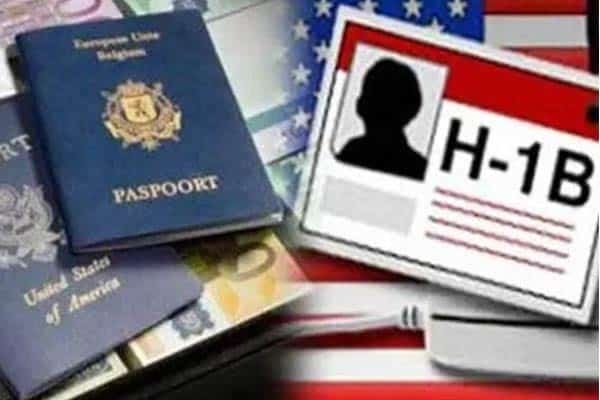Starting from Monday, April 1st, significant fee hikes are set to affect non-immigrant US visas, including the popular H-1B, L-1, and EB-5 categories. These changes, marking overhauls in visa services, carry potential implications for immigration policies and international relations, particularly as they coincide with the lead-up to the presidential election. Here’s a comprehensive overview of what you need to know about these developments:
Affected Visa Categories:
H-1B, L-1, and EB-5 visas are among the most commonly sought-after visa types by Indians aspiring to immigrate to the United States. These visas cater to various segments of skilled workers, investors, and intracompany transferees.
First Fee Hike Since 2016:
Notably, this marks the first time since 2016 that the fees for H-1B, L-1, and EB-5 visas are poised to witness an increase. The impending fee adjustments signify a departure from the stagnant fee structures observed in recent years.
Effective Date of Fee Hike:
The new hiked fees for H-1B, L-1, and EB-5 visas are slated to come into effect from April 1st, as confirmed by the United States authorities. This timeline underscores the urgency for applicants and stakeholders to prepare for the revised fee structures.
Rationale Behind Fee Adjustments:
The Department of Homeland Security, in a federal notification, highlighted that the fee adjustments, along with changes to the forms and fee structures utilized by the United States Citizenship and Immigration Services (USCIS), are intended to yield net costs, benefits, and transfer payments. This suggests a broader recalibration of visa services aimed at achieving fiscal balance and operational efficiency.
Impact on H-1B Visa Fees:
The H-1B visa, renowned for enabling US companies to employ foreign workers in specialty occupations, faces a notable fee hike. Specifically, the application visa fee (form I-129) will surge from USD 460 (over ₹38,000) to USD 780 (over ₹64,000). Additionally, the registration fee for H-1B petitions will escalate from USD 10 (₹829) to USD 215 (over ₹17,000) in the upcoming year.
Significance of H-1B Visa:
The H-1B visa holds immense significance for technology companies in the United States, serving as a conduit for hiring skilled professionals from countries like India and China. Given its pivotal role in addressing labor shortages and driving innovation, the fee hike for H-1B visas is poised to impact the recruitment strategies of tech firms and the aspirations of prospective immigrants alike.
Impact on L-1 Visa Fees:
The L-1 visa, designed for intracompany transferees, will also witness a substantial increase in fees. The fee for L-1 visas will surge from USD 460 (over ₹38,000) to USD 1,385 (over ₹1,10,000), representing a significant financial burden for multinational companies seeking to transfer employees to the United States temporarily.
Significance of L-1 Visa:
The L-1 visa facilitates the temporary relocation of employees within multinational corporations, thereby fostering cross-border collaboration and knowledge exchange. The fee hike for L-1 visas may deter companies from pursuing international assignments and hinder their ability to leverage global talent pools effectively.
Impact on EB-5 Visa Fees:
The EB-5 visa, popularly known as the investor visa, will experience a substantial fee increase. The fees for EB-5 visas will surge from USD 3,675 (over ₹3,00,000) to USD 11,160 (over ₹9,00,000), imposing a considerable financial burden on high-net-worth individuals seeking to invest in US businesses and obtain residency through the program.
Significance of EB-5 Visa:
The EB-5 program, initiated by the US government in 1990, enables affluent foreign investors to obtain visas for themselves and their families by investing a minimum of USD 500,000 in US businesses that create employment opportunities for American workers. The fee hike for EB-5 visas may deter potential investors and impact the flow of foreign capital into the US economy.
The impending fee hikes for H-1B, L-1, and EB-5 visas signal a significant shift in visa services and immigration policies, with potential ramifications for aspiring immigrants, multinational corporations, and the broader economy. As stakeholders navigate these changes, the impact of the fee adjustments on skilled migration, cross-border business operations, and investment inflows remains a focal point of discussion amidst the evolving landscape of US immigration policies.
